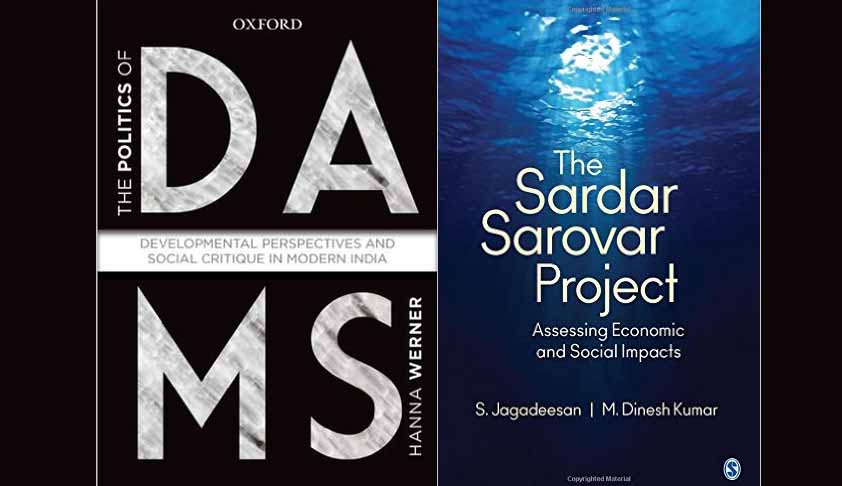- Home
- /
- Book Reviews
- /
- The debate on large dams
The debate on large dams
Review Editor
30 Aug 2016 2:25 PM IST
The Politics of Dams: Developmental Perspectives and Social Critique in Modern India. By Hanna Werner, Oxford University Press, 2015.The Sardar Sarovar Project: Assessing Economic and Social Impacts. By S.Jagadeesan and M.Dinesh Kumar, Sage, 2015.These two books offer two contrasting perspectives on the debate on big dams.Of the 50,000 large dams in the world, India has about 4,500. Apart from...
Next Story



